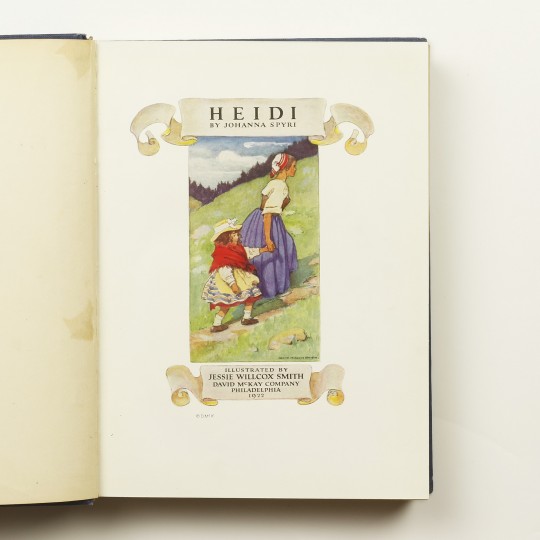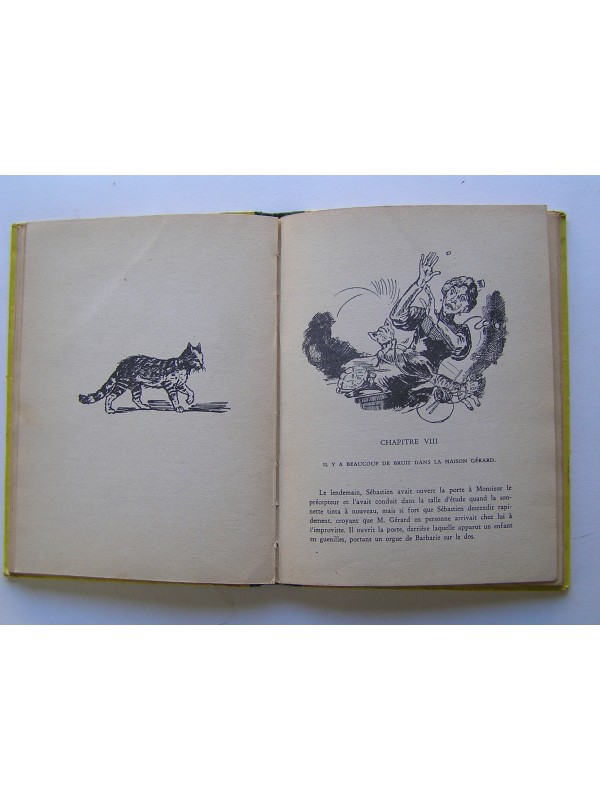

What distinguishes Heidi from the rest of Johanna Spyri’s writing, however, is the character of Heidi herself.Īlthough she plays a role found repeatedly in literature of the period, that of a child reformer whose innate goodness spiritually revives almost everyone she meets, this does not diminish the strength and appeal of her personality. Readers experience Heidi’s delight in the sound of wind rustling the fir trees outside her grandfather’s Alpine hut or in the wildflowers carpeting the higher pastures where the goats graze.

She went on to write more than forty children’s books, but it is her first full-length novel, Heidi, originally published in 1880, translated from German to English in 1884, and rendered in numerous illustrated editions and screen interpretations since, that earned her lasting international renown.īorn in the village of Hirzel, Switzerland, near Zurich, Johanna Spyri infused all her writing with her love of the Swiss countryside. Johanna Heusser Spyri began writing at age forty-three, donating the proceeds from her short stories to help refugees of the Franco-Prussian War. In April 2010 it was announced that large parts of Heidi may be based on a story written by Hermann Adam von Kamp andpublished in 1830, called "Adelaide, das Mädchen vom Alpengebirge".

An icon in Switzerland, Johanna Spyri's portrait was placed on a postage stamp in 1951 and on a 20 CHF commemorative coin in 2001. She was interred in the family plot at the Sihlfeld-A Cemetery in Zürich, Switzerland. Alone, she devoted herself to charitable causes and wrote over fifty more stories before her death in 1901. Her husband and her only child, a son named Bernard, both died in 1884. Heidi, the story of an orphan girl who lives with her grandfather in the Alps, is not only famous for its vivid portrayal of the landscape but also for its understanding of how children see life and their feelings. Her first book titled A Leaf on Vrony's Grave, was published in 1871 and the following year further stories for both adults and children appeared, among them the tale of Heidi that became an instant and enduring success. While living in the city of Zürich she began to write about life in the country.

In 1852, Johanna Heusser married Bernhard Spyri, a lawyer.


 0 kommentar(er)
0 kommentar(er)
